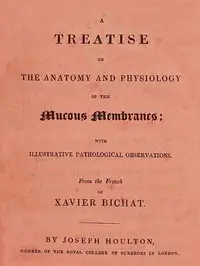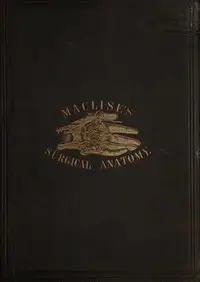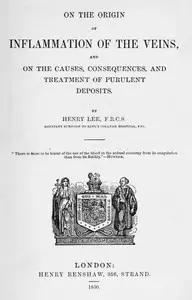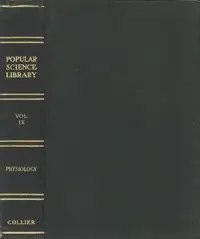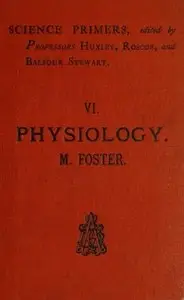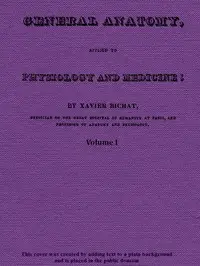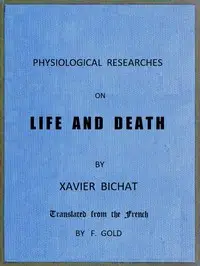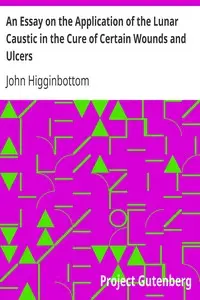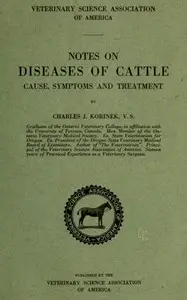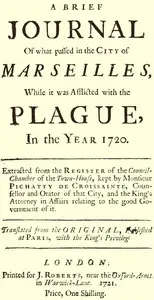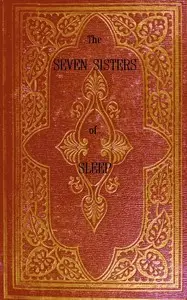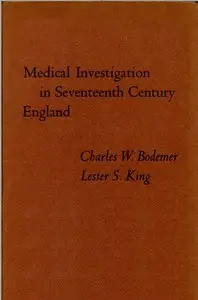"General Anatomy, Applied to Physiology and Medicine, Vol. 2 (of 3)" by Xavier Bichat is an early 1800s scientific book, and examines the interconnectedness of the human body's structure, functions, and overall health. It begins by looking at the tiny blood vessels called capillaries, explaining their importance in how blood moves around and does its job. It highlights the differences between the main blood vessel system and the capillary system in the lungs, showing how they work together to keep us alive. The book uses close observations and medical cases to explain how capillaries are essential for things like blood flow, getting nutrients to cells, and producing important body fluids. It also discusses how the blood's condition changes in different body parts and explores what happens when irritation affects blood flow, which then leads to more conversations about inflammation and the creation of body fluids.
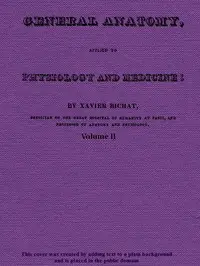
General Anatomy, Applied to Physiology and Medicine, Vol. 2 (of 3)
By Xavier Bichat
Travel back in time when groundbreaking medical discoveries were made, where tiny vessels hold the key to understanding life's circulation, nutrition, and the delicate balance of blood quality throughout the human body.
Genres
Released
2017-12-08
Formats
mobi (images)
mobi
epub (images)
epub
epub3 (images)
txt
Free Download
Summary
About the AuthorMarie François Xavier Bichat was a French anatomist and pathologist, known as the father of modern histology. Although he worked without a microscope, Bichat distinguished 21 types of elementary tissues from which the organs of the human body are composed. He was also "the first to propose that tissue is a central element in human anatomy, and he considered organs as collections of often disparate tissues, rather than as entities in themselves".
Marie François Xavier Bichat was a French anatomist and pathologist, known as the father of modern histology. Although he worked without a microscope, Bichat distinguished 21 types of elementary tissues from which the organs of the human body are composed. He was also "the first to propose that tissue is a central element in human anatomy, and he considered organs as collections of often disparate tissues, rather than as entities in themselves".
Total Reviews
10.0k
Total reviews from Goodreads may change

